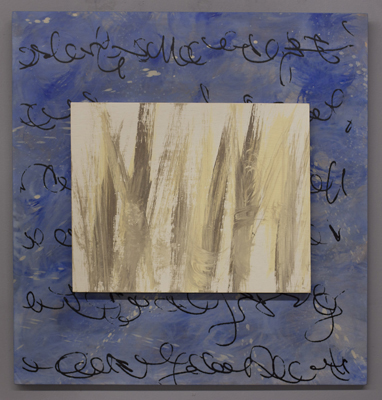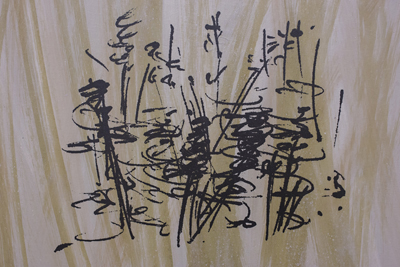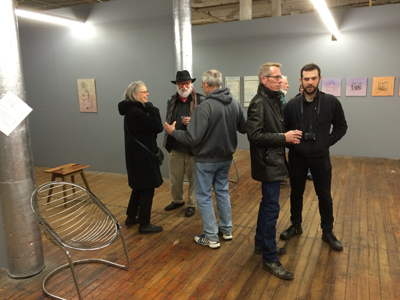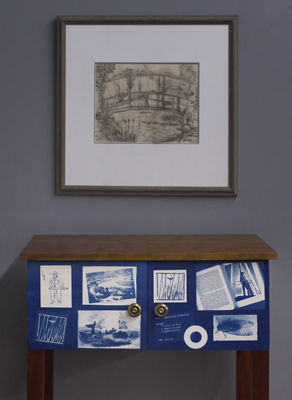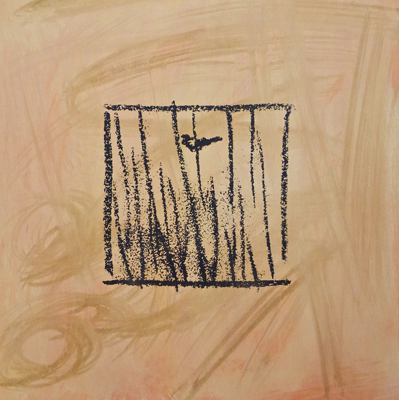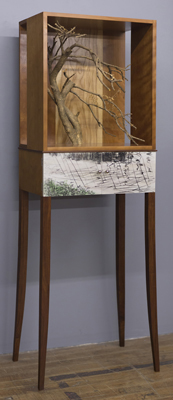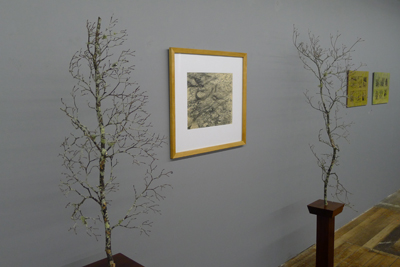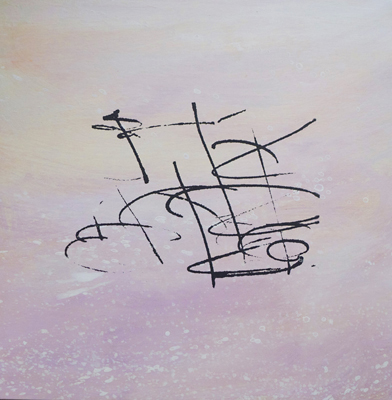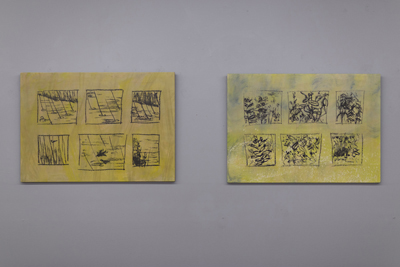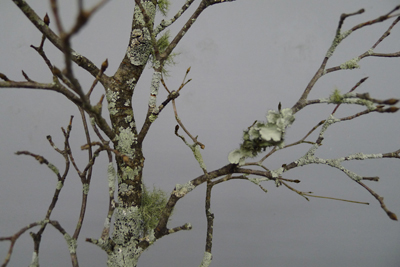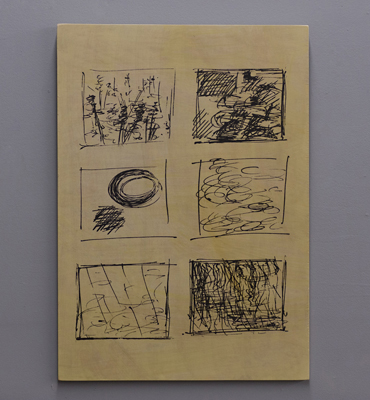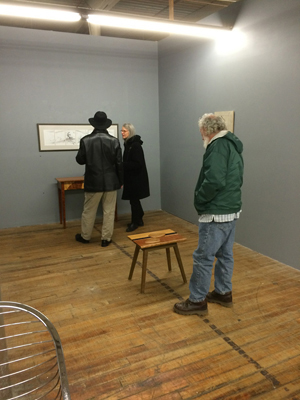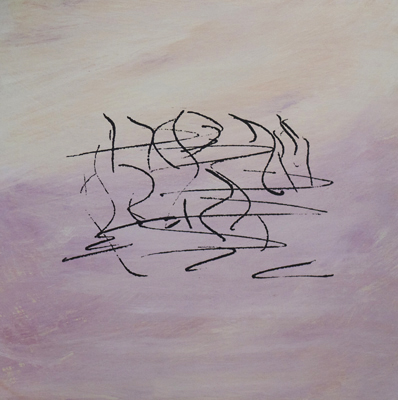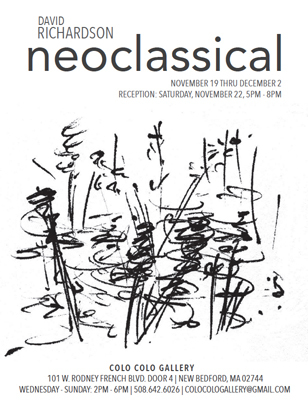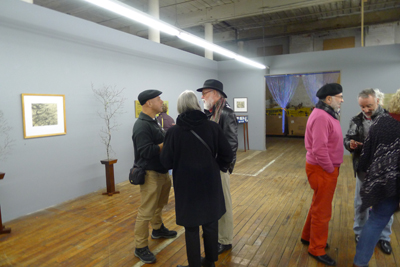As a teenager, David Richardson worked in New York City for Bill Vandivert, a former Life photographer and co-founder of Magnum Photos. He went on to study photography at RISD under Harry Callahan and Aaron Siskind. After graduating he began a ten year period of study in Boston with contemporary Japanese painter Kaji Aso, a professor at the Boston Museum School. A first job after RISD also led to a 40 year career restoring antique furniture for museums and collectors throughout New England which he continues today at Northeast Studio Co. in Fall River, Ma. Eventually he merged his interests in painting and furniture and began designing and building contemporary furniture, which he has exhibited at local venues including the Providence Fine Furnishings Show as well as at the International Contemporary Furniture Fair and the Architectural Digest Home Show in N.Y. Since 2008 he has lived with his family in New Bedford, Ma. His ancestors built large sailing ships in Rockland, Maine in the 19th century.
The exhibition at Colo Colo Gallery, “Neoclassical”, presents furniture and paintings that activate the relationship between nature and the built environment. Neoclassicism is the name given to Western movements in the decorative and visual arts that draw inspiration from the classical art and culture of Ancient Greece or Ancient Rome. In his study of ancient Greek architecture: The Earth, The Temple and the Gods, Vincent Scully proposed the idea that Greek temples were physical embodiments of Gods as natural forces, and that the landscape was an integral part of the temple, which began as open altars in sacred sites. After his first visit to Paestum in 1952 the greater part of Scully's life's research became an investigation into the relationship between architecture and the natural environment. Sculptor Scott Burton said of his own work, “I think there's a love of classicism in the work- not just classical architecture, but of the whole idea that nature and civilization can be synthesized”. Tadao Ando said “Contemporary civilization has hidden the fundamental relationship between nature and man and has made it invisible. Nature, in trying to invade architecture, reawakens this relationship between nature and man, which had fallen into inertia. It revives man physically and spiritually so as to enable him to respond once more to nature as in the past."
This show is also about drawing, including several conte drawings from landscape, including one of Monet's Japanese footbridge from 1984, anchoring the more recent paintings and drawings which were initially developed for furniture projects. |
